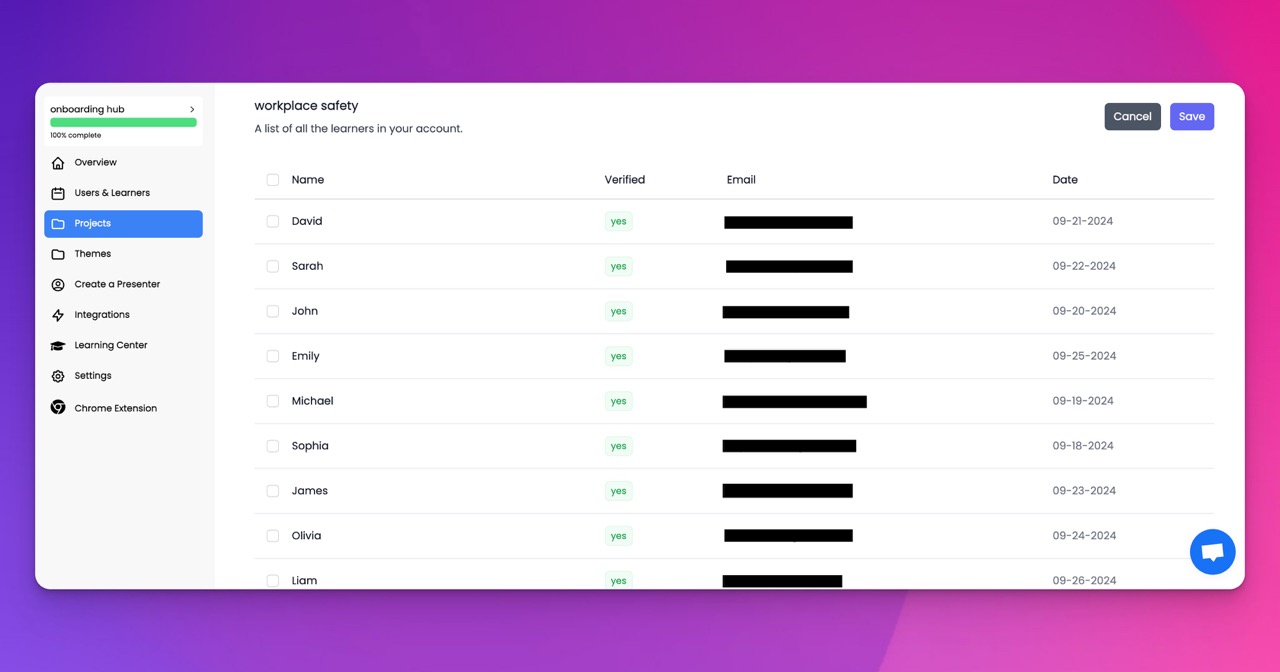🎉 Trainday now integrates with Zendesk and Hubspot 🎉 Trainday now integrates with Zendesk and Hubspot 🎉 Trainday now integrates with Zendesk and Hubspot
🎉 Trainday now integrates with Zendesk and Hubspot
Contact
OSHA Compliance
"Navigating The Waters: Everything You Need To Know About ADA Compliant Docks"
Navigating the Waters: Everything You Need to Know About ADA Compliant Docks
If you're a boat owner or enthusiast, you know the importance of having a safe and accessible dock to embark and disembark from your vessel. But did you know that not all docks are created equal when it comes to accessibility for individuals with disabilities? That's where ADA compliant docks come into play.
The Americans with Disabilities Act (ADA) was signed into law in 1990, with the goal of ensuring equal access and opportunities for individuals with disabilities. This includes access to public spaces such as docks and marinas. ADA compliant docks are designed to meet specific guidelines and standards to ensure that individuals with disabilities can safely and easily access and enjoy the water.
So, what do you need to know about ADA compliant docks? Here are some key points to consider:
1. Ramp Accessibility: One of the most important features of an ADA compliant dock is a ramp that provides access from the shore to the dock. The ramp should be wide enough to accommodate wheelchairs and walkers, with handrails for added safety. The slope of the ramp should also meet specific guidelines to ensure ease of use for individuals with mobility issues.
2. Slip Accessibility: Once on the dock, individuals with disabilities should have access to slips that are designated for their use. These slips should be wide enough to accommodate wheelchairs and have proper railing for safety. Additionally, there should be designated parking spaces nearby for individuals with disabilities.
3. Signage: Clear and visible signage is essential for ADA compliant docks. Signage should clearly indicate accessible routes, parking spaces, and amenities for individuals with disabilities. Braille signage may also be necessary for individuals with visual impairments.
4. Safety Features: ADA compliant docks should have safety features in place to ensure the well-being of all individuals, including those with disabilities. This may include non-slip surfaces, proper lighting, and emergency call boxes.
5. Regulations and Compliance: It's important for dock owners and operators to familiarize themselves with ADA guidelines and regulations to ensure compliance. Failure to meet ADA standards can result in fines and legal ramifications.
Overall, ADA compliant docks play a crucial role in providing equal access and opportunities for individuals with disabilities to enjoy the water. By understanding and implementing the necessary features and guidelines, dock owners can ensure a safe and inclusive environment for all boaters and visitors.
So, the next time you're out on the water, take a moment to appreciate the efforts put into making docks accessible for everyone. And if you're in the market for a new dock, be sure to consider the importance of ADA compliance in your decision-making process. Happy boating!
Accelerate Compliance.
Deliver OSHA-Ready Courses Instantly.
Empower your team with data-driven training solutions tailored to your industry's safety standards. Stay compliant, reduce risks, and boost productivity with AI-powered course creation.
